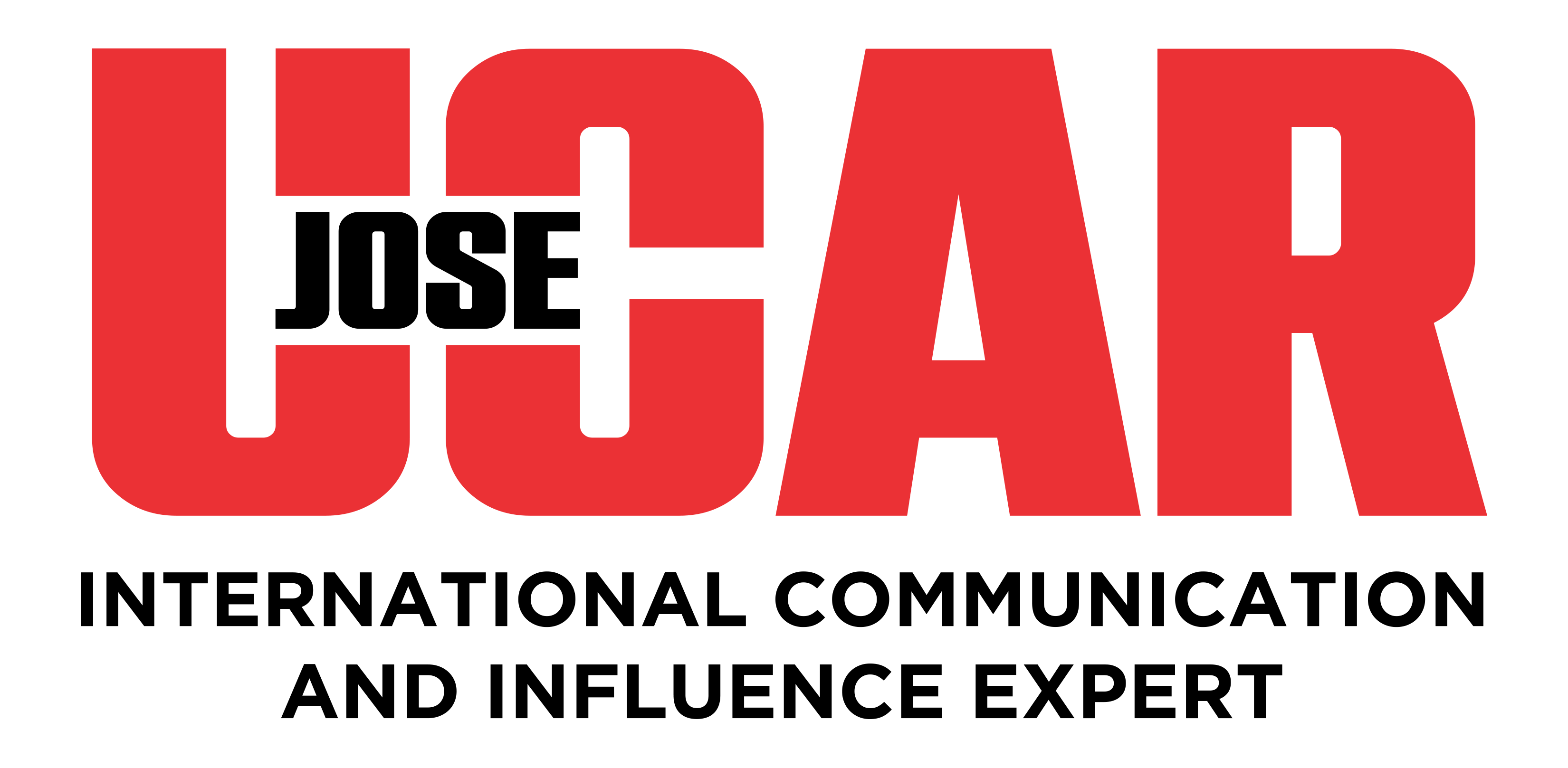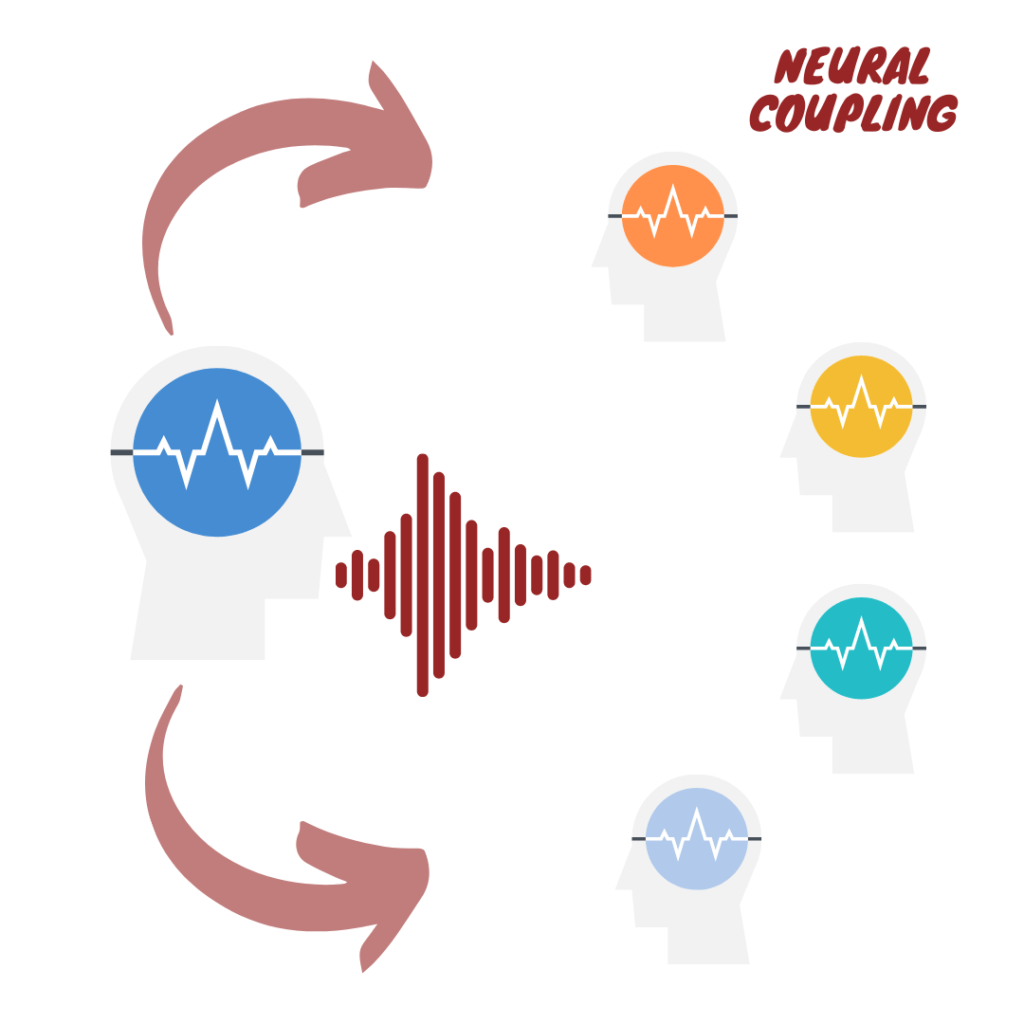You walk onto the stage, nervous, your hands are sweaty and your legs shaking, the spotlight is right on your face and you begin to speak.
As your presentation evolves, something very strange takes place. The initially serious and quiet audience begins to open up, to laugh and interact with you.
There is something else happening though. Rich, neurologically encoded patterns of information from your mind are somehow being copied across onto the audience’s mind, impacting their view of the world and most likely their behaviour.
This is human-to-human communication being amplified by the ancient art of Public Speaking, which is wired deeply into our brains. Actually, there are archaeological findings that suggest public speaking goes back to when fire was discovered. I’m sure you are familiar with gatherings around the fire to share stories, hopes and dreams, so, as you can see, it goes a long way back.
And if I now share with you that some studies reveal the human brain has a strong tendencyto lose focus and that it engages in up to 2,000 daydreams a day and it spends up to half its waking time wandering, how would you then build a strong connection with your audience?
The answer is stories, stories, stories…
There are many sayings and quotes about the importance of sharing stories to deliver your message:
- Facts tell, stories sell.
- People talk in stories, and so must we – Luke Sullivan.
- A story is a trick for sneaking a message into the fortified citadel of the human mind – Jonathan Gottschall
- Marketing is no longer about the stuff that you make but about the stories that you tell – Seth Godin.
- When dealing with people, let us remember we are not dealing with creatures of logic. We are dealing with creatures of emotion – Dale Carnegie
Yes, stories are key, and next, we are going to look at how to create and share them successfully.
What happens when you tell a story?
Stories synchronize the listener’s brain with the speaker’s brain
When the brain sees or hears a story, its neurons fire in the same patterns as the speaker’s brain. This is known as neural coupling. Perhaps the most fascinating research is this evidence of connectedness through mirror neurons.
A study by Uri Hassen of Princeton University found that when a speaker is telling a story, the same areas of the both the speaker’s and the listener’s brains light up despite the fact that one is producing information and the other is receiving it. This creates coherence between a speaker’s brain and the brains of his/her audience members. It ensures that you and your listener are on the same page.
Storytelling connects listeners to the storyteller emotionally and motivates cooperative behaviour
In a series of studies, neuroscientist Paul J. Zak tested the brain’s response to engaging stories. When humans are presented with something that is familiar and deemed trustworthy, our bodies release a neurochemical called oxytocin that creates a feeling of connectedness.
Furthermore, rising oxytocin levels trigger reactions. In one study where participants watched compelling public service announcements, Zak found that “when the PSA elicited an increase in both ACTH (a fast-acting arousal hormone that rises when one is paying attention) and oxytocin, donations were 261 percent higher than when one or both of these biomarkers did not rise.”
Stories demand attention
The human brain has a strong tendency to lose focus. In fact, it is estimated to engage in up to 2,000 daydreams a day and spend up to half its waking time wandering. In the presence of a compelling story though, this mental meandering drops to zero.
Stories ‘illuminate’ more of the brain than factual information
Neuroscience imaging shows that facts and figures activate just two areas of the brain: those responsible for language comprehension and processing.
But stories activate up to eight areas of the brain: those having to do with touch, movement, scent, sound, colour, and shape in addition to language comprehension and processing.
This implies that the brain responds to the story events as if they were actually happening to the listener. If you are sceptical, think about why you cry while watching a movie, even though logic tells you that the story and characters are fictional.
Information presented through stories is more easily remembered than plain statistics or facts
According to Stanford Graduate School of Business’ research, stories are 22 times more memorable than facts alone. This is likely because stories universally activate brain regions dealing with emotional processing and memory.
The study by USC found that “the regions implicated include:
- The medical prefrontal cortex: plays a role in decisionmaking and memory recall.
- The posterior cingulate cortex: active in episodic memory recall.
- The inferior parietal lobe: plays an important role in understanding emotions and interpreting sensory data.
- The lateral temporal cortex: active in emotional association and visual memory.
- The hippocampal formation: where long term memories are processed.”
To learn how to craft memorable stories, check out my blog The mini-stories system for Public Speaking.
Join my growing community of students on Udemy.



